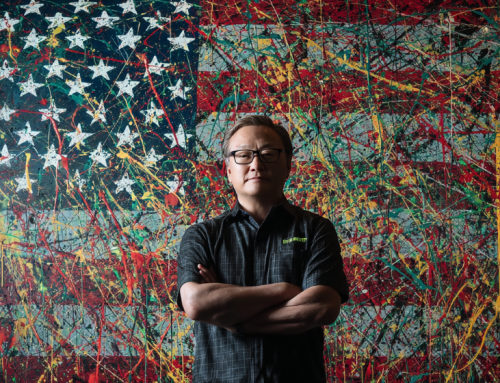
A genertics research group is exploring using CRISPR to change the genes of plants grown for food to absorb more carbon dioxide.
Using Human Gene-editing Tool on Plants Could Help Reduce Carbon Emissions
The Innovative Genomics Institute (IGI), is a research group in Berkeley, California, that was founded by CRISPR co-inventor Jennifer Doudna. Perhaps it could be called the Innovative Genius Institue? They have come up with a beauty of an idea that will actually benefit humanity in the long term, and won’t disrupt society in the short term.
The idea is to apply CRISPR technology to plant life and increase its ability to suck up carbon from the planet’s air.
The project is being financed by Meta’s Mark Zuckerberg. He and Priscilla Chan’s foundation will fund the project with $11 million. We found this bit of good news at technologyreview.com this week.
The research is part of a growing effort by scientists to find ways to vacuum up the carbon dioxide already in the atmosphere in order to slow climate change. Upping the natural abilities of plants to take up carbon dioxide could if done on a large enough scale, help push down peak temperatures in a warming world. If it works the entire planet wins.
And usually when projects like this attack carbon, they head for the forests. The IGI is going to focus more on agriculture that is grown to feed humans.
The decision is mainly a matter of timing, says Brad Ringeisen, executive director of IGI. Trees may have long lifetimes that allow them to lock away carbon for decades or even centuries, but most crops grow faster, allowing researchers to speed up the testing process.
By tweaking plants to grow quicker with some of the CRISPR technology it will speed up the testing by a lot. Modified plants could also be used to make bio-oil or biochar, which can be pumped deep underground for storage.
With all the benefits that could be realized with such projects, it makes the future seem a lot brighter on so many levels.
“This is not easy, but we’re embracing the complexity,” Ringeisen says. Ultimately, he hopes that when it comes to climate change, “plants and microbes and agriculture can actually be part of the solution, rather than part of the problem.”
read more at technologyreview.com







Leave A Comment